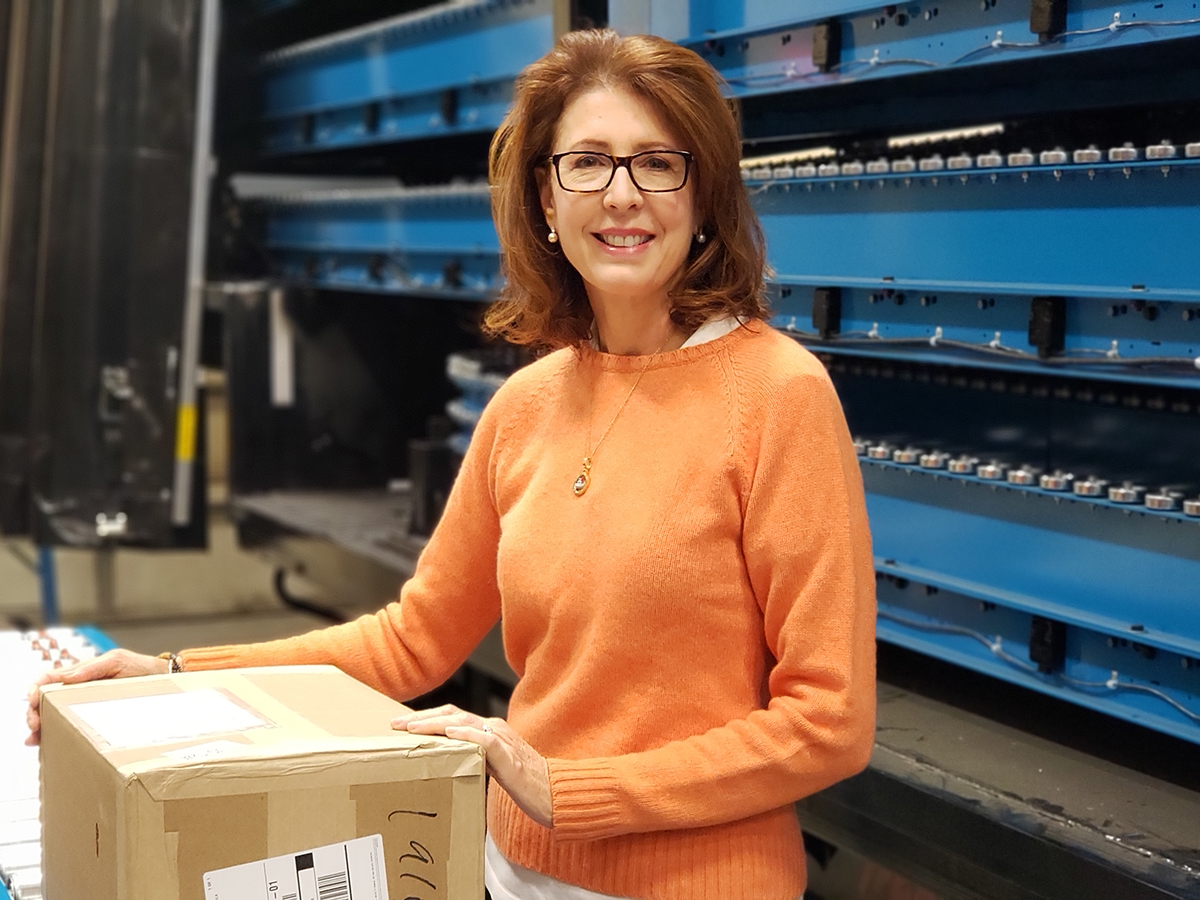A swelling economy has many distributors looking to reinvest gains into the revenue generation organization. Investments in sales, marketing and customer support will cover multiple roles (field sellers or generalists, product specialists, industry specialists, inside sales, first-line sales managers, channel managers, sales operations) and digital tools. In a growth environment, one key question emerges: Where should distribution revenue leaders invest to create the greatest ROI?
To answer this question, revenue leaders must examine three key inputs:
- What growth phase is the organization in?
- Are our jobs (sales, marketing, support, ops) well-focused, with the right ratio of sales to support roles?
- Are sales roles assigned the right type and number of accounts?
Distributors fall into one of four growth phases: start-up, volume growth, re-evaluation or optimization. Each phase has a related investment strategy based on the commercial organization’s complexity, current share and expected growth compared to the market.
- Start-up: When share is low (overall, by segment, by region) and growth potential is high, investing in the sales organization is simple. Hire a seller, give them a patch of land, pay them a commission and they will generate $500,000-$1 million in gross margin, according to the Alexander Group Distribution Sales Strategy study.
- Volume growth: When complexity increases (new plus existing customers, more products, slowing growth rate), the investment decision becomes less clear. Field sellers still may be the right option, but inside sales and customer support may also require buildout.
- Re-evaluation: When growth dips below market and cost becomes the main issue, distributors may realize that the old growth equation (add a body, get $500,000-$1 million GM) no longer holds. Organizations that pull out of the dip fastest will invest in lower cost channels (inside sales, digital) and reallocate field investments to the most profitable segments.
- Optimization: Specialization and focus is key to the fourth growth phase. In this environment, industry or product specialists thrive, inside sales teams continue to grow and support roles and digital tools free up time for sellers to be more productive.
Role Focus and Support Ratios
Sales roles require focus to reach maximum productivity. Field sellers who spend 40% or more of their time on engaged selling (account development, needs assessment, solution development, proposal) are considered best-in-class. Most distributor roles, however, fall in the 15%-25% range.
Common issues that decrease engaged selling time include account “landlording” (sellers accumulate too many accounts, perform maintenance on largest customers only), administrative or customer service requests, or broken processes.
At a median level of $105,000 total target compensation (TTC) for a field seller, according to the Alexander Group Distribution Sales Strategy study, ROI will be limited if the job is spending the equivalent of one day per week generating sales. Rather than hiring three new field sellers, organizations might be better served cleaning up roles and hiring one new seller and two new support or operations resources to take important non-sales tasks off of the sellers’ hands.
Healthy distribution organizations have a sales to support ratio of 1:0.75, according to the Alexander Group Distribution Sales Strategy study.
Segment Focus and Workload
Common questions I hear from distributors include:
- “How many accounts should a seller have?”
- “When does it make sense to split a territory and hire a new seller?”
- “Should sellers be generalists or focus on one type of customer?”
Answers to these questions depend on growth phase, customer set, market share and other factors, but they must be answered to understand where the next sales dollar should be spent. I have seen examples of field sellers with 1,000-plus assigned accounts — far too many to actively service no matter what the product or industry.
When workload exceeds bandwidth, multiple investment options exist. Distributors can hire another field seller and split territories, which typically results in growth for customers that were not previously visited. It may make sense to hire an inside sales rep to take the smaller customers off of the hands of the field seller to encourage the field seller to go deeper into remaining accounts and to increase touchpoints to smaller more remote customers. It may also make sense to build up the web channel to move the long tail of smaller customers to a self-service model. The associated ROI with any of these options depends on upstream inputs but must be considered before committing to an investment.
Related Posts
-
A potential customer who is already signed on with another distributor doesnt need your business…
-
After initial success through its own website, the Michigan manufacturer first looked to broaden its…
-
The safety category again stole the show for Fastenal Co. during its May sales report…




